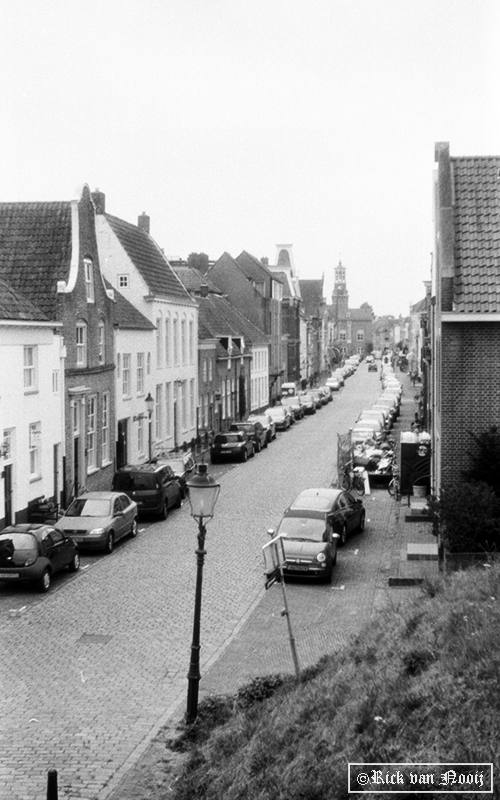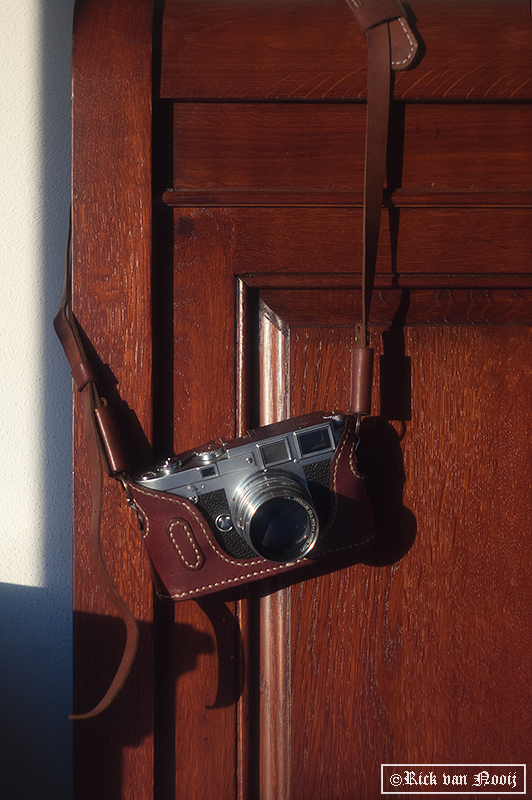Erik van Straten
Veteran
This reminds me of the British photographer James Ravilious.
Thank you, Gabor, I admire Ravilious!
Erik.
This reminds me of the British photographer James Ravilious.





A lens with six elements cannot be a triplet. Wonderful shots regardless.Some Hektors 50mm f/2.5 have a "5cm" and others a "50mm" engraving. The Leica I model A with a Hektor instead of an Elmar has the "50mm" engraving. These Leicas are very rare and very expensive. Later the lens was made in screwmount until it was superseded by the Summar 50mm f/2.
The Hektors 50mm are relatively rare: about 10.000 pcs were made in the years 1930 - 1933.
Optically they are very interesting. They have six elements in three groups. Six surfaces are cemented. This makes the lens quite contrasty. It is a triplet, but rather complicated.
After the war some of them were coated, but so far I've never seen one.
Erik.
A lens with six elements cannot be a triplet.



